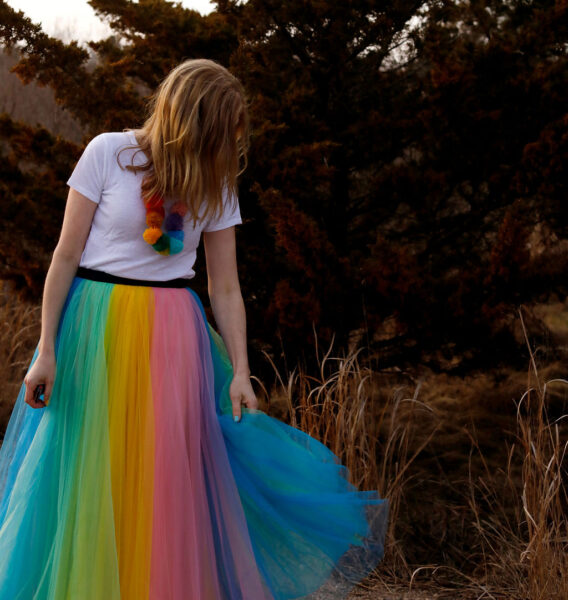Using aesthetics of joy to create behavioral change
Design is at its most effective when it encourages or transforms human behavior for the better. There’s a lot of talk about how we need adopt healthier or more eco-friendly habits. The onus is on us to make the changes, but design can facilitate the behavior and make it easier or more enjoyable to change. Examples abound: the George Foreman grill, dedicated recycling bins, 100-calorie snack packaging. All of these things make it easier to do the right thing. Easier, yes, but not necessarily any more pleasurable, which is where The Fun Theory comes in.
An initiative of Volkswagen, the Fun Theory is a series of experiments that demonstrate how joyful design can encourage positive changes in behavior. In the video above, a staircase goes from being the less-chosen alternative to the escalator to the preferred path after the addition of some giant piano keys. In another video, litter collection rises after an amusing noise is introduced to a public trash can.
The pre/post measurements are striking and really prove the point that aesthetics of joy — through interaction, play, sound, and surprise — can create real, immediate change in the way we live.
{via PSFK}




Discussion (1 Comment)
Just love this photo and would definitely take the stairs.